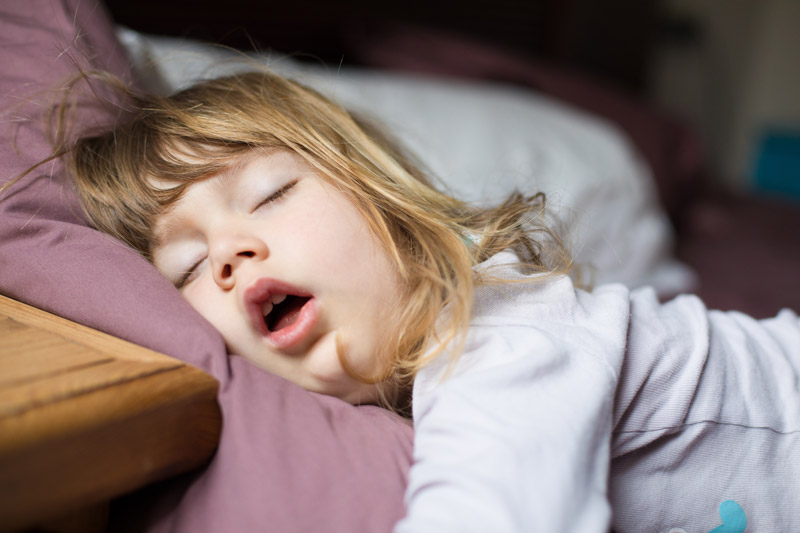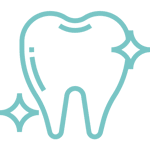Treatment for Pediatric Obstructive Sleep Apnea in Redwood City, CA
Does Your Child Have Obstructive Sleep Apnea?
Snoring and mouth breathing may not be because of your child’s sleeping position. If they are consistently snoring or breathing through their mouth while they sleep, they might have obstructive sleep apnea. This happens when the child briefly stops breathing in their sleep because of a blocked upper airway. The slight pause can disrupt their sleep, make them wet the bed, or cause them to sleepwalk.
Obstructive sleep apnea in children is common among kids who are between 3 to 6 years old. The most common cause for this condition is enlarged tonsils and adenoids that briefly block the airway while sleeping. Other possible causes include:


A tumor in the airway

Being overweight or obese

Conditions like Down syndrome and Pierre-Robin syndrome
Observe these symptoms of sleep apnea in children while they are sleep:

Loud snoring, snorting, or gasping

Breathing through their mouth

Paused breathing that last up to a minute

Sleep walking and night terrors

Wetting the bed

General restlessness
There are also symptoms that can manifest while your child is awake:

A nasal voice

Daytime sleepiness

Daytime hyperactivity

Learning Problems

Morning Headaches

Irritability and behavior problems
Pediatric obstructive sleep apnea is more than a snoring problem or breathing difficulty. When not treated properly, the condition makes it hard for air and oxygen to flow through the lungs. In the long run, it can lead to lung and heart damage.
What Are the Effects of Untreated Sleep Apnea in Children?
When left untreated, pediatric obstructive sleep apnea syndrome causes disturbed sleep. As a result, your child might suffer from daytime fatigue, which affects their academic performance and social behavior. Alternatively, the condition might result in hyperactivity. In terms of long-term health, sleep apnea may lead to high blood pressure and a higher risk of childhood obesity.
Here are the key points of obstructive sleep apnea in children:

A child can momentarily stop breathing while sleeping due to blocked airways.

Large tonsils and adenoids are the most common cause of airway blockage.

Surgical removal of tonsils and adenoids might help with the condition.

A sleep study is recommended for proper diagnosis.
How Can We Help You Deal with Pediatric Obstructive Sleep Apnea?
Obstructive sleep apnea might be an effect of a tethered tongue or tongue tie. A dental crossbite could indicate a tethered tongue which, when not treated, could lead to a compromised airway. Signs of tongue tie include dental cross bite or crowding, chronic ear infections or allergies, difficulty making “s” and “r” sounds, the inability to keep lips together, and the inability to comfortably put the tongue to the roof of the mouth.
If you notice any of these symptoms, bring your child in for an examination. Dr. Stephen Yang will help you determine the condition and direct you to proper resources for pediatric obstructive sleep apnea treatment.
Take note of the possibility of these next steps:

A pediatric sleep study

Correction of tethered tongue with the help of a myofunctional therapist

The removal of tonsils and adenoids with the help of a pediatric ENT

Use of maxillary expander to increase airway space, correct jaw growth, and make room for the tongue
Let Dr. Yang diagnose and correct your child’s nasal airway problems. Our team considers you part of the family and we will do everything possible to make you and your child feel comfortable in our office. We create a safe and fun environment that would entice your child to visit us so we can address their possible sleep apnea.
